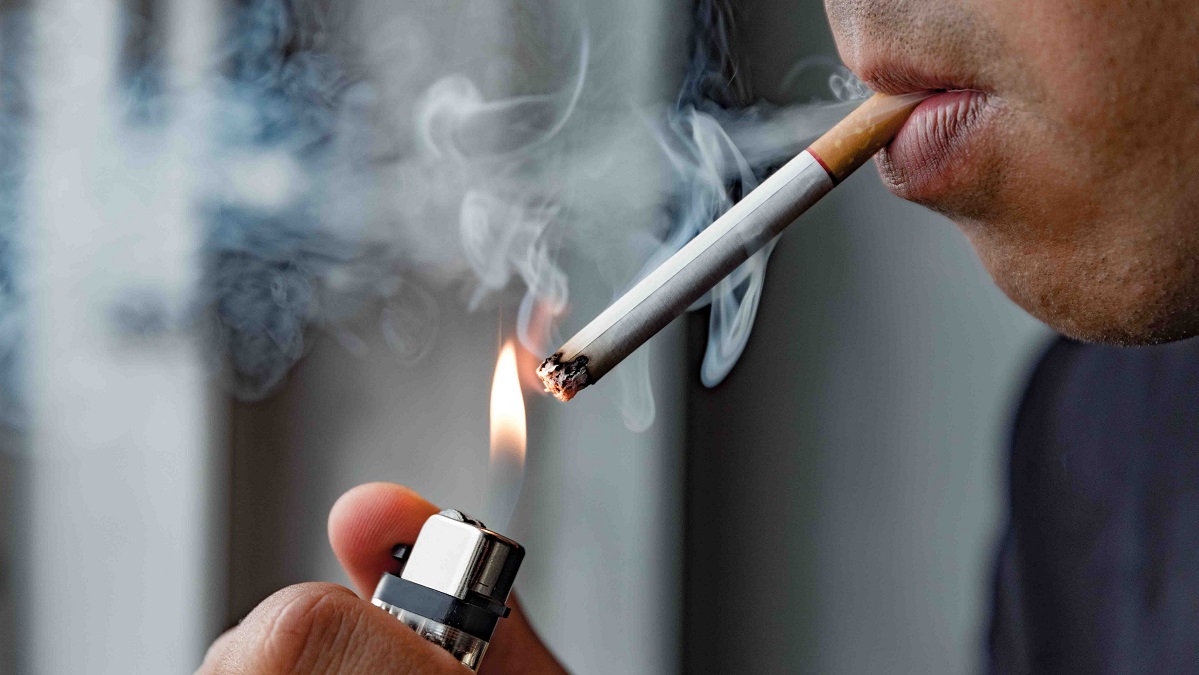Most Australians over 55 will remember the days when smoking at work was the rule rather than the exception. Those days are long gone, but data from the Australian Institute of Health and Welfare (AIHW) shows the effects linger.
The latest data release from the AIHW indicates tobacco smoking remains the leading cause of Australia’s preventable health burden. Its report, Alcohol, tobacco and other drugs in Australia, also cites cannabis as our most widely used illicit drug.
On the alcohol front, the data shows that a majority of Aussies aged 14 or over consume alcohol. On a more positive note, the proportion of Australians drinking to excess is falling. The proportion of Australians drinking in excess of lifetime risk guidelines in 2001 was 21 per cent. The latest AIHW data indicates a drop to 16.9 per cent.
The days of office ashtrays
When I started my first full-time office job in 1987, there was an ashtray on every desk. And very few of them were empty. Cigarettes were lit without a second’s thought. And with ashtrays at hand, there was no need to take a ‘smoko’ break as you would a coffee break.
A coffee would require a trip to the office kitchen or café bar. As an alternative, lighting up a ciggie was probably a more productive option. And those in charge of whatever the government’s 1980s equivalent of the AIHW was then probably hardly raised an eyebrow. Chances are they had an ashtray on their desks, too.
Within a decade, those days were gone. Smoking was banned in offices and smoko breaks became de rigueur. We used to wonder how the chain smokers would survive that revolution, but they did. Some used it as an opportunity to give up the habit. Most became regular members of the ‘smokers’ huddle’ found outside the front or back of office blocks.
Data shows the smoke still lingers
Smoking certainly isn’t as ubiquitous as it was a few decades ago. Even the office block huddles have shrunk. But smoking’s negative effects are still being felt to this day.
The AIHW data shows that tobacco use remains the leading cause of cancer in Australia. It is responsible for 8.6 per cent of the total burden of disease and injury. As a proportion of that tobacco burden, cancers accounted for 44 per cent.
The good news is that the tobacco smoking trend in Australia continues to decline. Daily smoking rates here are around the lowest among OECD countries. Around 11.2 per cent of Australians aged 15 and over smoke, compared to 16.1 per cent across all OECD countries.
What about vaping?
In my local shopping strip, I’m just as likely to encounter a person vaping as I am a cigarette smoker. Perhaps even more so. The phenomenon of e-cigarettes is relatively, and health experts and governments are still sorting fact from fiction.
AIHW data shows an increase in the number of Australians vaping over recent years, a trend likely to continue. The government says it will address concerns around e-cigarettes in its National Tobacco Strategy 2023–2030. This strategy will “develop and implement measures to restrict marketing, availability, consumption and the environmental impact of e-cigarettes”.
Lessons from the AIHW
The latest AIHW data shows that Aussies no longer smoke or drink to the levels we once did. And that’s a good thing, but the data also shows that the effects of excess are long lasting. If we continue to moderate our tobacco and alcohol intake today, we’ll leave less of a health burden for future generations.
What changes have you seen in the smoking and drinking habits of Australians over the decades? Have you changed your own? Let us know via the comments section below.
Also read: Five myths about quitting smoking

